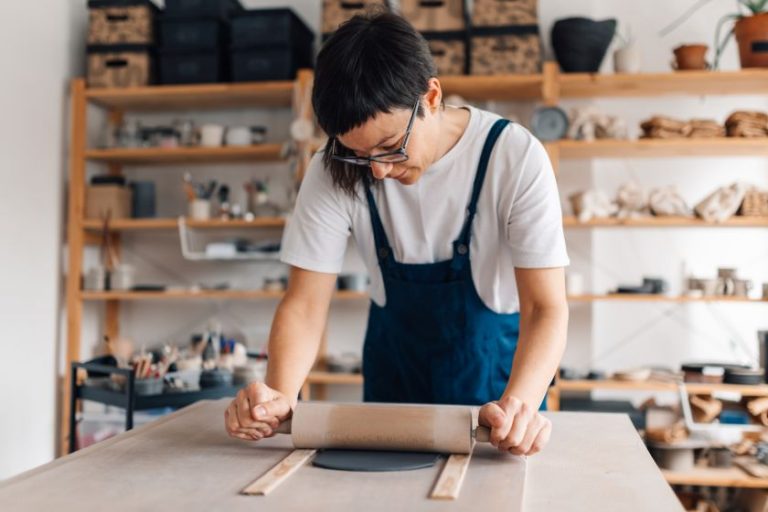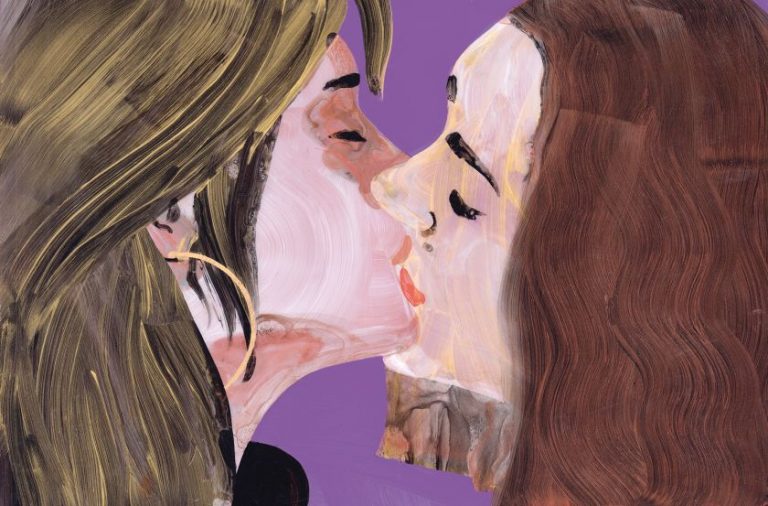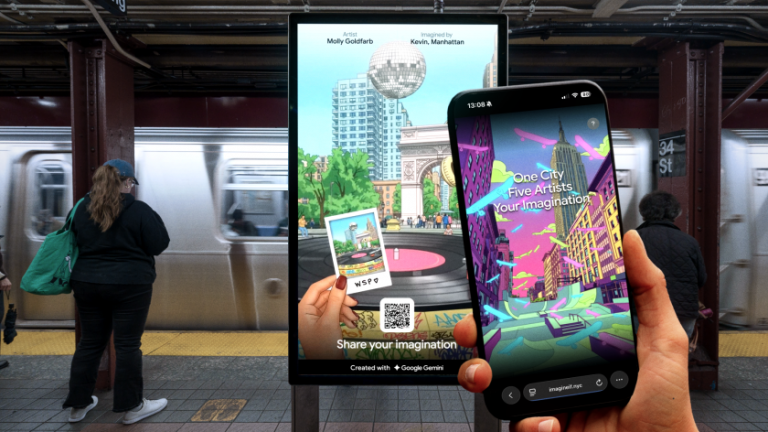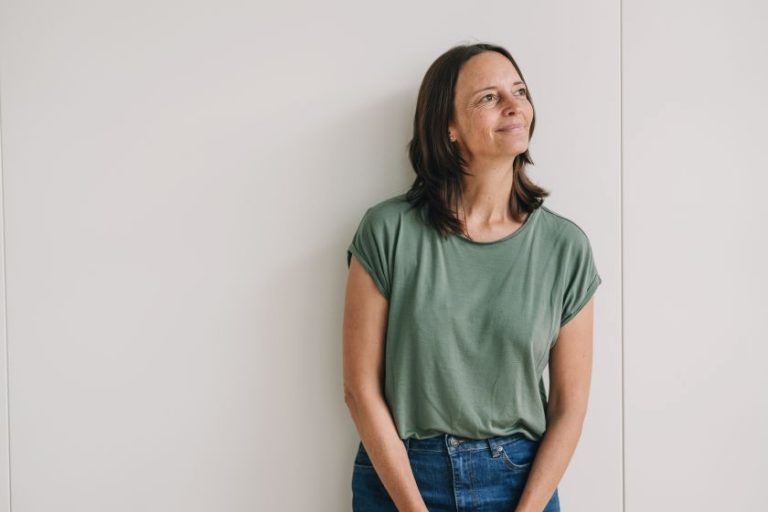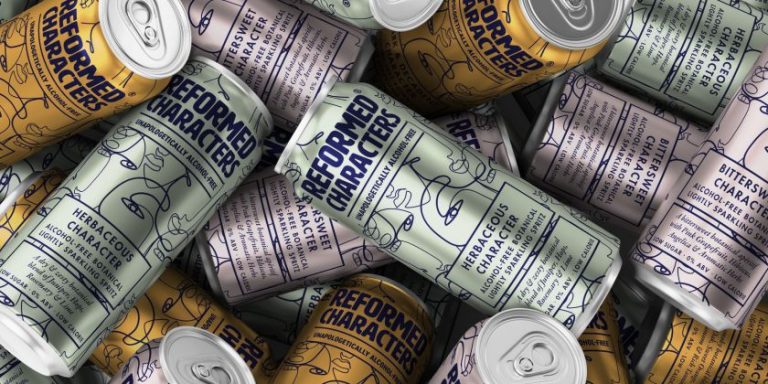All images © Ricky Adam
After years spent cycling through terraced streets, the Northern Irish photographer’s latest book offers an intimate portrait of community in Yorkshire’s biggest city.
Two decades ago, photographer Ricky Adam swapped the rolling hills of Northern Ireland for the red-brick terraces of inner-city Leeds. Exploring this new environment on his bicycle, he brought along his camera for the ride. And now he’s brought together the best of these images.
Ricky’s new book, Back-to-Back, published by Audit/This is Ours with support from the British Culture Archive, features a series of photos taken between 2006 and 2024. The 144-page hardback captures the rhythm of daily life in the Yorkshire city, from one-eyed feral cats to kids playing in backstreets, washing lines to the omnipresent street pigeons that Ricky describes as “the real heroes of the inner city streets.”
The book, however, is not something he has been planning since the early 2000s. “I didn’t put any pressure on myself to see it as a ‘project’,” Ricky reveals. “It just happened organically over time. Quite a long time, as it happens. I’d go out on my bike for a pedal, just to get out of the house, which is something I’ve done since I was a kid, and just snap the odd photo here and there.
“Fast forward many years later,” he continues, “and the hundreds, thousands of photos I’d taken became something that I felt I could shape into a book. In the words of Jack Kerouac, ‘Something that you feel will find its own form.'”
The pull of the terraces
When Ricky first arrived in Leeds in 2003, he was immediately struck by the city’s landscape. “It reminded me of photos I’d seen by photographers such as Shirley Baker and Tom Wood,” he recalls. “Classic social documentary photography taken in the north of England in the 1960s–1980s. And now, when I stepped outside my front door, it was right there. I was in it.”
The back-to-back houses that surround Leeds “like a giant doughnut made from red bricks” became his subject matter, almost by default. “Those wee red brick terrace streets were tantalisingly photographable,” he enthuses. And the rhythm of cycling proved perfect for his observational approach.
“Pedalling is the perfect pace to view the world,” he muses. “And it’s amazing how much ground you can cover on a bike. This enabled me to explore areas that I wouldn’t ordinarily go to. I could make a circular route around the whole city in about two to three hours, which you couldn’t really do on foot.”
This mobility also influenced his aesthetic choices. “Many of the photos were taken whilst riding along on a bike and holding a camera up to my face, which in turn made some of the compositions a little off,” he notes. “But I like this offbeat aesthetic.”
Candid moments and community connections
The vast majority of shots in the book are candid, though Ricky did include some portraits of friends and neighbours. “For example, there’s one of my neighbours, Steve, holding a ferret,” he reveals. “I always make a point of making a print for anyone whom I take a photo of.”
Over time, the project also helped solidify his position within the very community he was documenting. “I moved here 20 years ago from the north of Ireland, and if I’m honest, I’ve always felt like a bit of an outsider,” he admits. “As the years went by and I began to meet people, I became a lot more integrated into the community.”
Indeed, he came to realise that many of his subjects shared similar feelings. “Leeds is a very transitory place and I began to feel more at home when I came to realise that a lot of people I was photographing had the same outsider syndrome that I did.”
Seasonal rhythms and editorial choices
The changing seasons provided both challenges and opportunities for Ricky’s work. “Photographing out and about on a bike in winter isn’t pleasant,” he notes. “Especially when you’re not wearing gloves and your fingers are ready to fall off from the cold. Also, it is very difficult to operate a camera.”
Yet he adds that these variations ultimately helped structure everything. “The seasons made the book into easily digestible chapters. They also injected the mood and changing tone of the place, as it transitioned from winter to summer and from autumn to spring. You can feel the cold in your bones and the sun on your skin, flipping through the book.”
A document of time and place
Since publication, feedback on the book has been broadly positive. “I’ve had lots of messages from people telling me stories of when they lived there, and how the photos have brought back memories for them,” he notes. “Even though I took the photos, I’ve started to realise they aren’t really mine. They’ve taken on a different life and now belong to the people who have lived in these streets over the decades.”
As Ricky prepares to return to Ireland to be closer to family, Back-to-Back serves as both a personal memoir and a broader document of community life. “As an interloper, the last thing I wanted was to show the city in a negative way,” he reflects. “I hope these photos resonate and show the positivity, optimism and enthusiasm that these little streets hold.”


